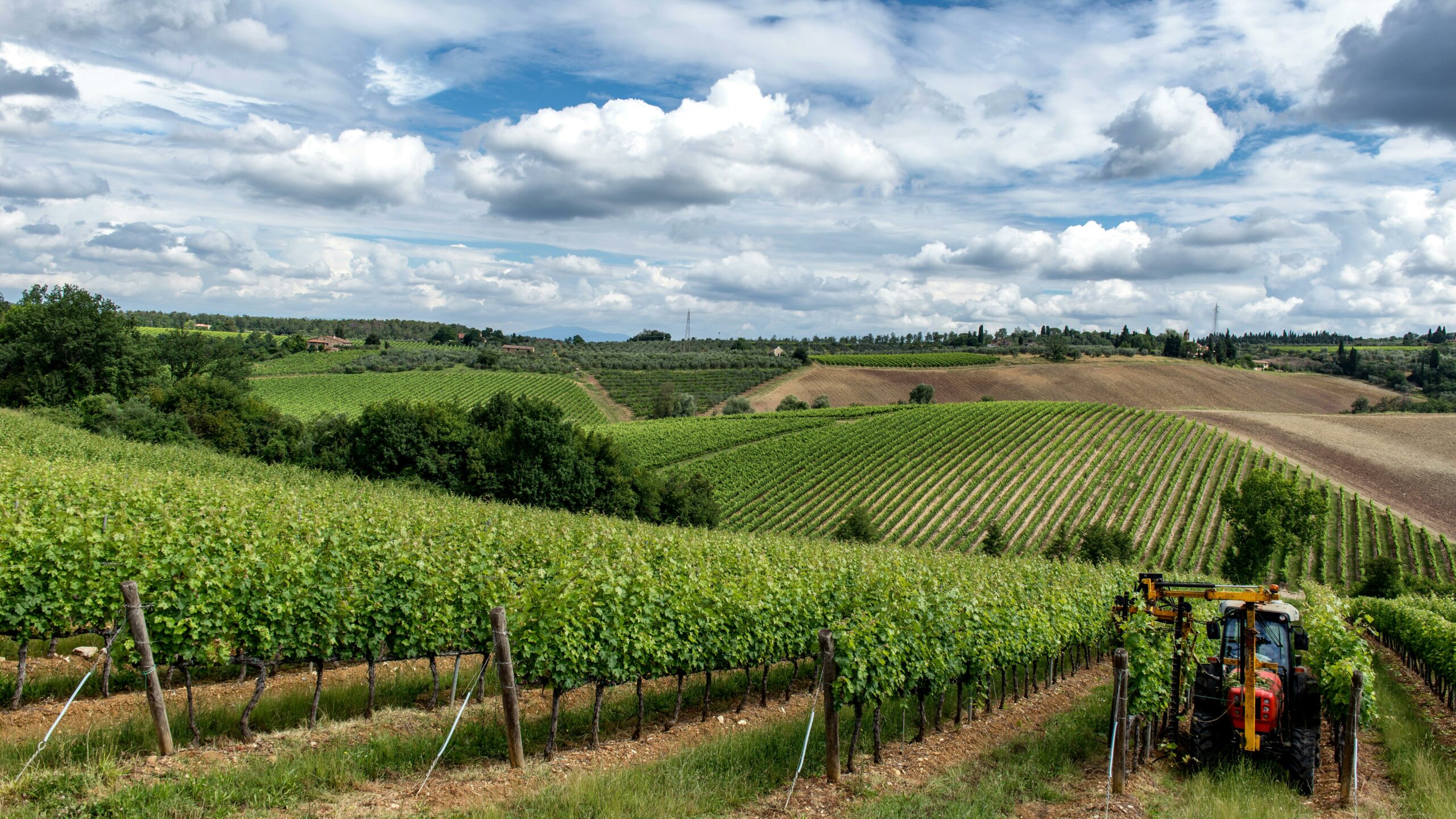Lucy Wong Ryniejski is a 2023 JCal reporter from Marin County.
A partnership between AAJA and / CalMatters

A partnership between AAJA and / CalMatters

JCal is a partnership between AAJA and CalMatters
2023 Program
Water and Drought

Officials look to new sustainable systems but grapple with questions around regulations, costs and more.
October 1, 2023
About this story
This story was produced by a reporter in the 2023 cohort of the AAJA/Calmatters JCal program and originally published in Marin Independent Journal.
In 2021, Marin County was within 200 days of running out of water.
That scenario, officials said, prompted a flurry of conversations on how the county will achieve sustainability once the drought returns.
“We are having conversations in the community about how this last drought was extremely scary. It felt like a close call,” said Eli Beckman, vice mayor of Corte Madera and Central Marin Sanitation Agency board member.
“What will we do if it happens again and it is even worse?”
With over 7 million residents in nine counties, each part of the Bay Area is preparing for the next drought which could last two years or more. Meanwhile each day, Marin residents dump 6 million to 8 million gallons of potentially reusable wastewater into the bay, according to Beckman.
Now, officials in the county are reimagining if, and how, residents should get more water through water recycling.
Marin County is one of the few counties in California already utilizing nonpotable recycled water – and has been since the 1980s. Water recycling uses treated wastewater suitable for uses depending on its level of purification. For many countries like Australia and Singapore, and even major cities like Atlanta, Georgia, and Aurora, Colorado, water recycling is already standard practice.
In 2022, Gov. Gavin Newsom called for a 60% increase in water recycling by 2040. Between regulations, funding, feasibility studies, and getting everyone on board, potable and nonpotable recycled water could take nearly a decade to become directly accessible to the public, according to officials.
One of the major concerns is the price tag. Recycled water could run two to three times the cost of reservoir water and upward of $20 million to install a recycled water system, according to Marin Water. The cost for running pipe alone is $3 million a mile for potable or nonpotable water. New installations are more complicated for Marin County, with infrastructure up to 130 years old.
Without adequate funding from state or federal levels, Noel Studley, Cross Connection Specialist at Marin Water, finds water recycling infeasible.
“When we evaluate it in terms of other water supplies, it is just not cost-effective,” Studley said. “This is a problem many agencies run into.”
If the project were to become a reality, funding would likely be a combination approach: a possibly climate-related bond, taxes, fees or grants, among others.
“We know the challenge, and we can utilize a variety of tools to ensure clean, reliable, affordable water supply for Californians,” said District Assemblymember Damon Connolly (D-San Rafael).
Another concern is a potential “yuck” factor around drinking recycled water and questions about safety, Connolly said.
“Wastewater for human consumption is controversial,” the assemblymember said. “As a society, we have always viewed water as a single-use commodity. Much of it will also depend on how the regulations play out, but I am certainly open to it.”
To implement drinkable recycled water systems, California needs to finalize safe potable water criteria “with a strong body of science,” which should happen in the next year, Connolly added.
While Marin Water handles the water coming out of the tap, the Central Marin Sanitation Agency (CMSA) deals with the wastewater flowing down the drain.
At CMSA, ideas of expanding wastewater recycling are in preliminary discussion.
“We are at the stage where we are exploring. Is this even a possibility? What would it cost? Who do we partner with to make it happen?” said Vice Mayor Beckman. “There are many big unknowns right now.”
He added, “Nobody is trying to put the cart before the horse. But it is essential to keep people open-minded and examine it seriously as an option.”
With direct potable reuse of water (DPR) in particular, tap water would cycle from the drain to a sanitation facility for filtration and then back to the tap.
“It is a closed-loop system, where you no longer consider water a one-time resource,” said Beckman. “That, in my opinion, is necessary to move towards a drought-resilient water supply, which will guarantee our security in the case of a more severe and longer drought.”
Recycling water is not new to the county.
In North San Rafael, 22 miles of pipelines distribute recycled water to 330 customers for uses from irrigation to toilet flushing. Certain new buildings have or are considering dual pump systems, pumping both nonpotable recycled water and water from reservoirs. Since the 2021 drought, Marin Water replaced multiple hydrant meters used for construction and town management with nonpotable water, according to Studley. CMSA offers nonpotable fill stations for community members to fill up tanks or jugs.
Until more recycling systems become possible, officials continue to grapple with questions around regulations, costs and the “yuck” factor.
“We must also show leadership if we are confident this is a good system,” Beckman said. “I would be the first one to drink a glass. I trust this is not a new technology, and it’s certainly overdue in the U.S.”
Lucy Wong Ryniejski is a 2023 JCal reporter from Marin County.





JCal is a free program that immerses California high school students into the state’s news ecosystem. It is a collaboration between the Asian American Journalists Association and CalMatters.
Contact us at michael@calmatters.org or support@aaja.org.
Subscribe to aaja’s newsletter